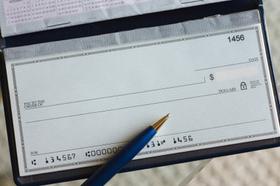Finding the right private school for your child is a major process in and of itself. It is time-consuming with lots of steps, deadlines and forms to fill out and submit. Then, of course, you have to deal with the issue of how to pay for that private school education once you have identified the right school. Against this backdrop let's you and I figure out how to make the financial aid process work for us.
Start early
The key to success with any major project is to begin early. Taming the financial aid part of getting your child into private school begins with knowing how much you can afford to pay. Have that number worked out and clear in your mind. The most effective way at figuring out what you can pay is to review your income and expenses. Determine what you can afford to pay monthly for your child's tuition. Project that number also as an annual amount. Now bear in mind that this is a rough cut because what you are going to be doing very soon is completing the online documentation known as the Parents' Financial Statement or PFS provided by the School and Student Service (SSS) organization operated by the National Association of Independent Schools (NAIS). The PFS will require accurate financial information about your income, expenses, and assets as well as information about any other children who are in tuition-charging schools, i.e., private school. Having that rough idea of how much














-4c3194pi4wis8gsg004w0g44w-280.jpg)


















